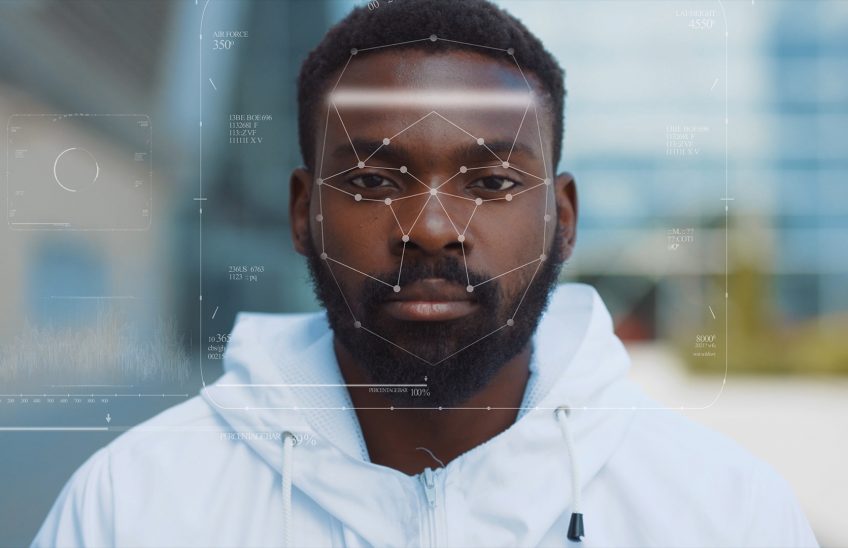Facial recognition technology has become an increasingly prominent tool in many areas, ranging from crowd control at public events to data collection for marketing purposes. This revolutionary technology utilises highly sophisticated algorithms that can quickly analyse and compare people’s facial features with images stored in a computer database.
Using infrared light to improve facial recognition
On Wednesday, 7 December 2022, Alex Muthua secured his master’s degree that explored how infrared light could help to improve the facial recognition of people with a highly pigmented skin tone. He conducted his research at the Electrical & Electronic Engineering Department at Stellenbosch University under the supervision of Professor Thinus Booysen and Dr Rensu Theart, both from the same department.

The potential of infrared light to improve facial recognition for individuals with highly pigmented skin tones could be revolutionary. Unlike traditional facial recognition software, which relies on visible light, infrared light penetrates deeper into the skin and can capture details that may have been previously undetected by visible light alone. This allows computers equipped with infrared imaging to detect patterns in deeply pigmented skin areas and provide even more accurate facial recognition results than before.
Alex explains his research as follows:
Individuals with highly pigmented skin appear darker in visible light images, which means that there is less light information available in the image on which to perform facial recognition. One way to enhance the facial recognition of people with darker skin is to incorporate the portion of the infrared spectrum (the near-infrared part) that electronic sensors can perceive.
In this way, he was able to augment existing datasets with images of highly pigmented individuals. He further assessed the impact of narrow and wide cropping, different facial orientations, and sunlight and shaded conditions. And, finally, he fine-tuned an existing face recognition algorithm and inspected the activation maps of an available convolutional neural network, which is a machine learning architecture used primarily for image processing.
Final thoughts
Infrared light could be a game changer when it comes to facial recognition technology, particularly for people with highly pigmented skin tones. Alex emphasises, however, that as facial recognition technology continues to grow, its performance must be improved because any bias or disparity in this regard may harm its advancement and potential use. We can expect more exciting applications of facial recognition technology to come as engineers continue to push its boundaries.
Read the full article at https://www.sun.ac.za/english/Lists/news/DispForm.aspx?ID=9644




